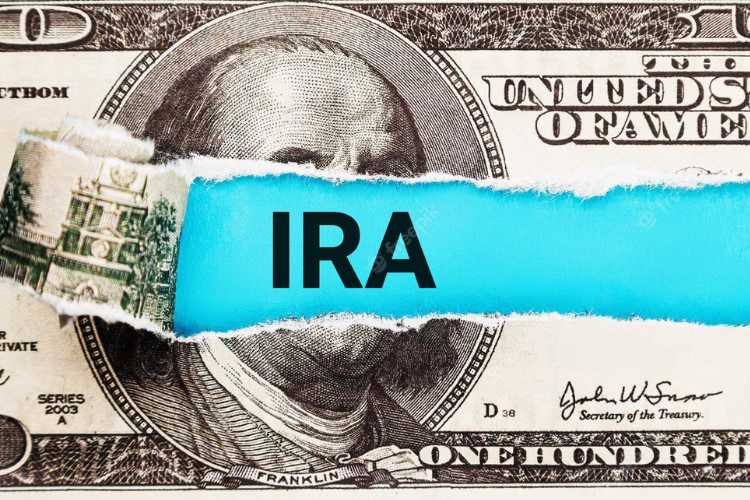With the Centers for Medicare & Medicaid Services (CMS) unveiling the initial list of 10 drugs set to undergo Medicare price negotiations under the Inflation Reduction Act (IRA), the financial ramifications for affected pharmaceutical companies are coming into focus. A recent report from Moody’s Investors Service suggests that while the overall impact in 2026, the first year of these negotiations, will be relatively moderate, certain companies could feel more significant repercussions.
The financial impact of these negotiations is expected to expand across the industry over time. In 2027 and 2028, 15 additional drugs will be added to the negotiation list each year, ultimately culminating in 2031, when a total of 100 drugs will be subject to price negotiations.
One drug expected to be notably affected in 2026 is Eliquis, a blood thinner co-marketed by Bristol Myers Squibb and Pfizer. According to Moody’s, Eliquis accounted for a substantial $16.5 billion in Medicare Part D spending from June 2022 to May of this year, surpassing all other drugs by a considerable margin.
It’s important to note that the $16.5 billion figure reported by Medicare Part D contrasts significantly with the companies’ listed 2022 U.S. net sales of Eliquis at $7.8 billion. The disparity is primarily attributed to substantial rebates and discounts, as explained by Moody’s analyst Michael Levesque.
As these price negotiations approach, it’s the net sales of Eliquis that stand to be most affected. For Pfizer, US sales of Eliquis constitute 9% of the company’s revenue, while for Bristol Myers Squibb, this figure stands at 8%.
Among the pharmaceutical companies, Moody’s identifies Amgen as the one with the highest exposure to revenue impact in 2026, at 15%. Amgen’s US sales of Enbrel reached $4 billion in 2022, but these are expected to decline by 2026 due to the introduction of newer immunology treatments. Johnson & Johnson is the only other company Moody’s anticipates will have double-digit revenue exposure to price negotiations in 2026, at 13%. J&J is also unique in having more than one product on the negotiation list.
For J&J, the most significant impact is expected to come from its immunosuppressant, Stelara, which generated $6.4 billion in US sales last year, representing 8% of J&J’s net revenue. Smaller revenue impacts are anticipated for the sales of Xarelto, a blood thinner reaching $2.5 billion in the US sales last year, and Imbruvica, a blood cancer drug developed in partnership with AbbVie and registering $3.4 billion in sales in 2022. Moody’s points out that Imbruvica’s revenues are expected to decline significantly by 2026 due to fierce competition from BeiGene’s Brukinsa and AstraZeneca’s Calquence.
As for the other drugs on the CMS list, their US sales in 2022 did not account for at least 5% of their respective company’s revenue. Consequently, their exposure to price negotiations is expected to be less pronounced. These products include Novartis’ Entresto, Merck’s Januvia, AstraZeneca’s Farxiga, and Novo Nordisk’s NovoLog.
The next significant milestone in this process is September 2024, when negotiated prices will be determined. It’s important to note that there will be constraints on how much CMS can reduce prices, contingent upon the drug’s market life.
However, the landscape remains fluid, with several companies, including AstraZeneca, Bristol Myers Squibb, Johnson & Johnson, Novartis, and Merck, having filed separate lawsuits against the government, arguing that Medicare price negotiations violate their constitutional rights. These legal challenges add an element of uncertainty to the evolving situation.





























